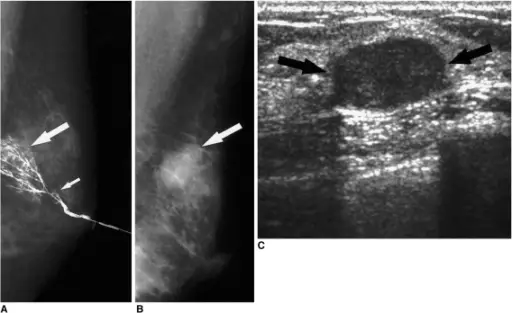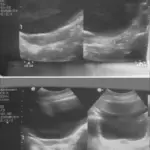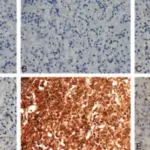Galactorrhea is a condition characterized by breast milk production unrelated to lactation or pregnancy in women.
What is the Pathology of Galactorrhea?
The pathology of galactorrhea is:
-Etiology: The cause of galactorrhea is hypothalamic-pituitary causes- prolactinomas, pituitary infiltrative disorders. Non-hypothalamic-pituitary etiology- hypothyroidism, medications (risperidone), renal failure, chest wall lesions, idiopathic.
-Genes involved: Unknown.
-Pathogenesis: The sequence of events that lead to galactorrhea. Vasoactive intestinal polypeptide and TRH stimulate prolactin production. Nipple stimulus, chest lesions, renal failure, and some medications may lead to hyperprolactinemia. Estrogens inhibition to hypothalamic dopamine also causes hyperprolactinemia.
-Morphology: Enlarged glandular tissue.
-Histology: Enlarged glands.
How does Galactorrhea Present?
Patients with galactorrhea are typically common in females present at the age range of 20 to 40 years. The symptoms, features, and clinical findings associated with galactorrhea include menstrual abnormalities, reduced libido, erectile dysfunction, and infertility. Green or white discharge from the breast.
How is Galactorrhea Diagnosed?
Galactorrhea is diagnosed through laboratory studies; prolactin level test, pituitary hormones assessment, and MRI of the pituitary gland.
How is Galactorrhea Treated?
Galactorrhea is treated through medical treatment such as dopamine agonists like bromocriptine.
What is the Prognosis of Galactorrhea?
The prognosis of galactorrhea is good has reduced the incidence of morbidity.



